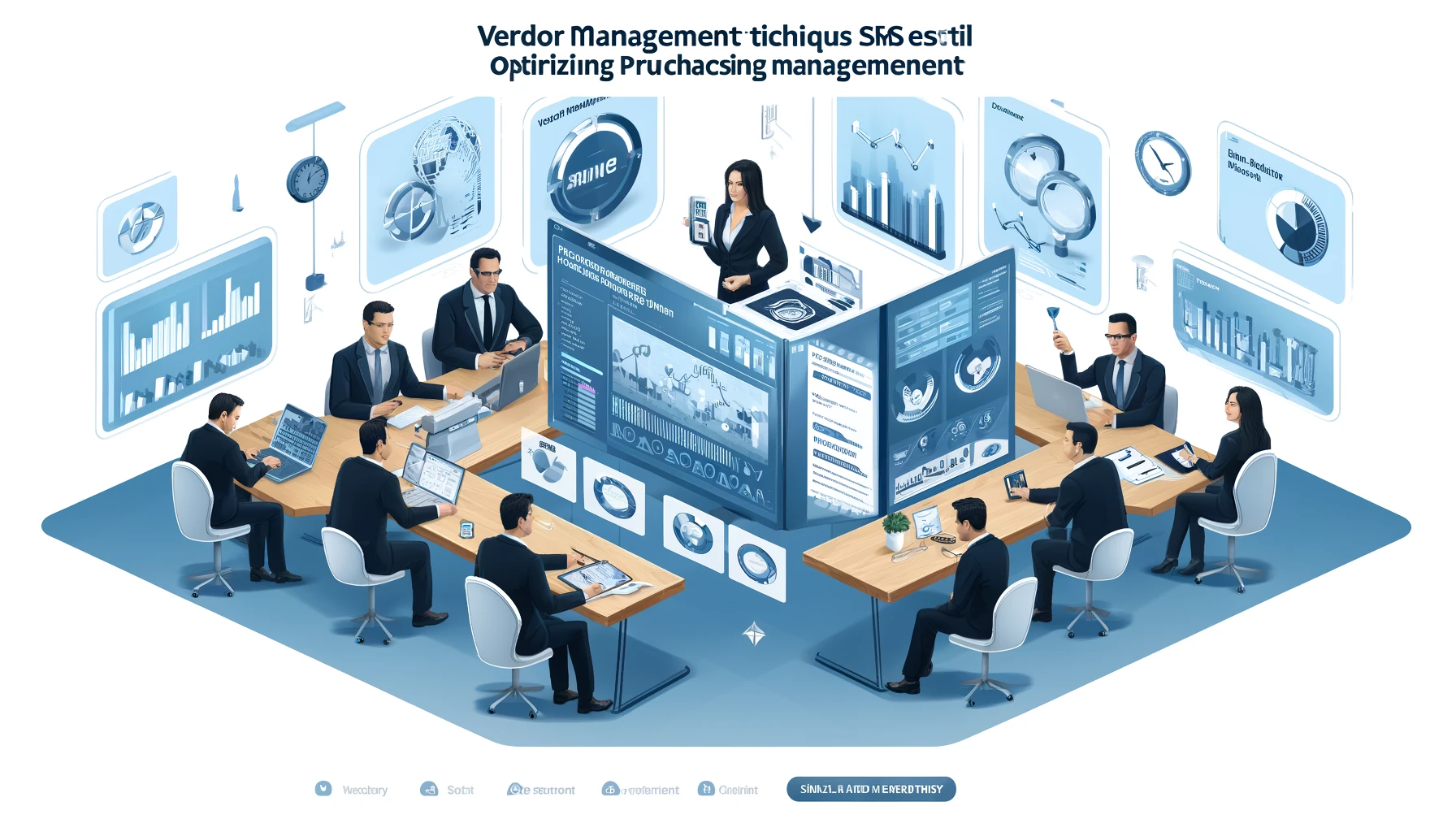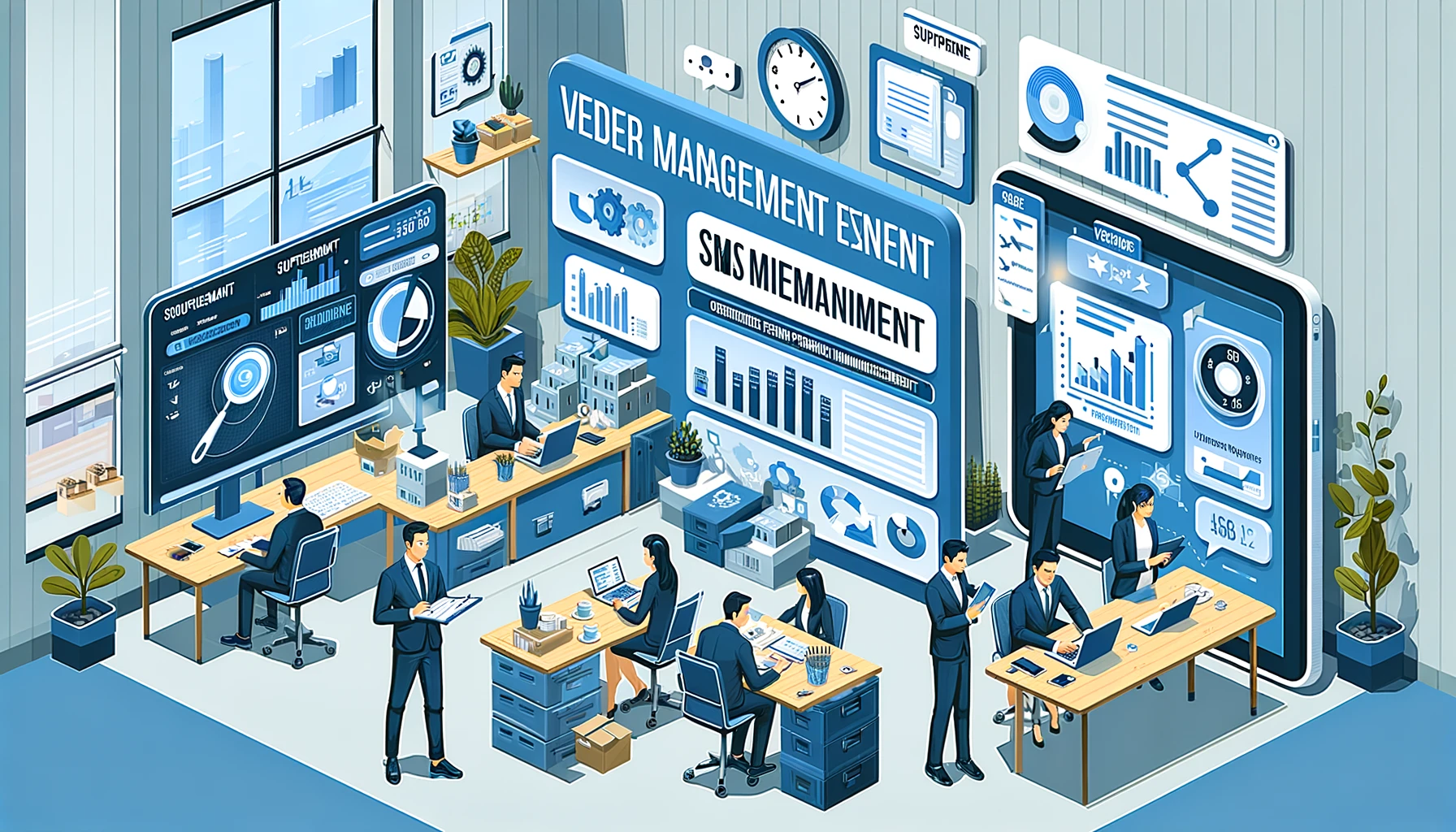- お役立ち記事
- Vendor management techniques for SMEs essential for optimizing purchasing management

Vendor management techniques for SMEs essential for optimizing purchasing management

Managing your vendors effectively is key to keeping your small or medium-sized enterprise (SME) running smoothly. Proper vendor management allows you to get the most value out of your supplier relationships while maintaining high quality and minimizing costs. Here are some essential vendor management techniques SMEs can implement to optimize their purchasing.

目次
Set Clear Expectations
One of the first steps in vendor management is setting clear expectations with all of your suppliers. Define in writing the specific products or services you need from each vendor, including details like pricing, delivery times, quality standards, and methods of communication. Make sure expectations are realistic for the capabilities of your vendors. Provide vendors with accurate forecasts so they can plan appropriately. Review expectations periodically to ensure they remain relevant as your business changes.
Evaluate Performance Regularly
Ongoing performance evaluation is necessary to ensure vendors continue meeting your needs over time. Define key performance indicators (KPIs) like on-time delivery, fill rates, quality issues, and response times. Track vendor performance against the KPIs. Conduct regular formal reviews, like monthly or quarterly meetings, to discuss performance. Address any issues promptly with vendors. Recognition of good performance helps motivate vendors to maintain high standards. Regular communication provides visibility to issues before they become problematic.
Manage Risk Proactively
You rely on vendors, so their risks become your risks. Manage vendor risk proactively through steps like requiring proper insurance, evaluating financial stability, monitoring market conditions, and auditing security practices. Diversify your supplier base when possible so one vendor’s issues don’t cripple your operations. Prepare contingencies in case a vendor relationship ends, like secondary sourcing options. Work closely with priority vendors to prepare joint disaster recovery plans. Proactive risk planning and open communication help build mutually beneficial, resilient supplier relationships.
Negotiate Effectively
Maximizing value in vendor relationships requires ongoing negotiation. Negotiation covers areas like price, quality improvements, additional services, payment terms, new product introductions, and contracts. Negotiation styles vary depending on your level of dependence. Independent SMEs have more leverage, while vendors can also play hardball with dependent SMEs. Prepare thoroughly for negotiations by understanding your costs and the market. Compromise when reasonable but don’t sacrifice quality or terms for the lowest price. Maintain goodwill while still protecting your interests.
Streamline Procurement Processes
Make the procurement process as easy as possible for both your organization and vendors. Standardize purchasing documents, approval workflows, ordering methods, invoice handling, dispute resolution, and performance reviews. Leverage technology like e-procurement systems, purchase order software, EDI, or vendor portals. These process improvements speed transactions, reduce manual effort and errors for both parties, and provide consistency across your operations. They also enhance the vendor experience, strengthening your relationships and reputation.
Build Long-Term Partnerships
View your best vendor relationships as strategic partnerships rather than simple supplier transactions. Partners collaborate to increase mutual business value through innovation, cost reductions, operational improvements, risk management, and new market opportunities. Develop trusted advisors and strategic suppliers through regular high-level engagement including sharing long-term vision and growth strategies. Provide early notice of changing needs so partners can adapt proactively instead of reactively. These long-term orientations help maintain supply continuity even in challenging times.

Implementing fundamental vendor management techniques like setting expectations, monitoring performance, negotiating effectively, streamlining processes, and developing strategic partnerships will help SMEs maximize value from supplier relationships. With proper oversight and open communication, vendors can become integral partners in optimizing an SME’s entire purchasing function for sustainable competitive advantage.
 資料ダウンロード
資料ダウンロード
QCD管理受発注クラウド「newji」は、受発注部門で必要なQCD管理全てを備えた、現場特化型兼クラウド型の今世紀最高の受発注管理システムとなります。
 NEWJI DX
NEWJI DX
製造業に特化したデジタルトランスフォーメーション(DX)の実現を目指す請負開発型のコンサルティングサービスです。AI、iPaaS、および先端の技術を駆使して、製造プロセスの効率化、業務効率化、チームワーク強化、コスト削減、品質向上を実現します。このサービスは、製造業の課題を深く理解し、それに対する最適なデジタルソリューションを提供することで、企業が持続的な成長とイノベーションを達成できるようサポートします。
 製造業ニュース解説
製造業ニュース解説
製造業、主に購買・調達部門にお勤めの方々に向けた情報を配信しております。
新任の方やベテランの方、管理職を対象とした幅広いコンテンツをご用意しております。
 お問い合わせ
お問い合わせ
コストダウンが利益に直結する術だと理解していても、なかなか前に進めることができない状況。そんな時は、newjiのコストダウン自動化機能で大きく利益貢献しよう!
(β版非公開)





